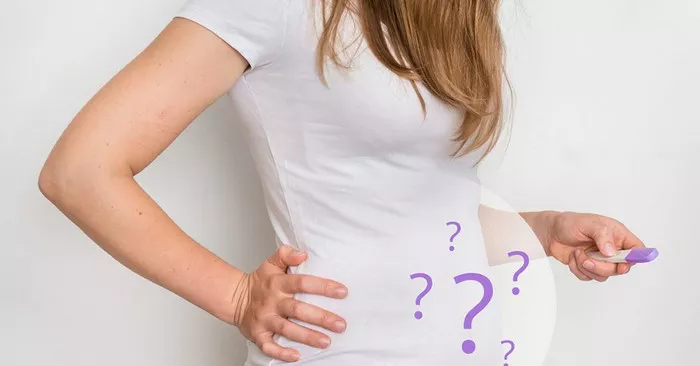For individuals or couples seeking natural methods of contraception, understanding the concept of the safe period can be invaluable. Also known as the fertility awareness method, this approach relies on tracking the menstrual cycle to identify times of low fertility when the likelihood of pregnancy is minimal. In this comprehensive guide, we’ll explore the intricacies of the menstrual cycle, define the safe period, provide step-by-step guidance on calculating it, discuss its effectiveness and limitations, address influencing factors, compare it with other contraceptive methods, mention health considerations, and answer common questions related to this topic.
Understanding the Menstrual Cycle
Before delving into the safe period method, it’s essential to have a clear understanding of the menstrual cycle and its phases. The menstrual cycle is the monthly series of changes that occur in the female reproductive system, preparing the body for potential pregnancy. It typically lasts between 21 to 35 days, although variations are common among individuals.
The menstrual cycle is divided into several phases:
Menstruation: The menstrual phase marks the beginning of the cycle and involves the shedding of the uterine lining, resulting in menstrual bleeding. This phase typically lasts 3 to 7 days.
Follicular Phase: Following menstruation, the follicular phase begins. During this phase, follicles in the ovaries mature and prepare to release an egg (ovulation). The follicular phase varies in length but typically lasts around 14 days in a 28-day cycle.
Ovulation: Ovulation is the release of a mature egg from the ovary, ready to be fertilized by sperm. Ovulation usually occurs around the midpoint of the menstrual cycle, approximately 12 to 14 days before the start of the next period.
Luteal Phase: After ovulation, the luteal phase begins. During this phase, the empty follicle transforms into a structure called the corpus luteum, which produces progesterone to support the uterine lining in preparation for a potential pregnancy. The luteal phase typically lasts around 14 days but can vary among individuals.
Defining the ‘Safe Period’
The safe period, also known as the fertility awareness method, refers to the period of time during the menstrual cycle when the likelihood of pregnancy is minimal. It is based on the understanding that pregnancy can only occur if sexual intercourse takes place around the time of ovulation when an egg is available for fertilization.
By identifying times of low fertility outside of the fertile window surrounding ovulation, individuals or couples can avoid unprotected intercourse during these times to reduce the risk of pregnancy.
Calculating the Safe Period
Calculating the safe period involves tracking menstrual cycles over several months to identify patterns and predict ovulation. The safe period is typically determined by subtracting the length of the shortest menstrual cycle recorded from the length of the longest menstrual cycle recorded and subtracting 18 days from the result. This calculation provides the estimated range of days when ovulation is least likely to occur.
For example, if the shortest menstrual cycle recorded is 25 days and the longest menstrual cycle recorded is 31 days, the safe period would be calculated as follows:
31 (longest cycle) – 25 (shortest cycle) = 6
6 – 18 = -12
In this example, the safe period would be from day 7 to day 13 of the menstrual cycle, counting from the first day of menstruation as day 1.
It’s important to note that this method relies on regular menstrual cycles and may not be suitable for individuals with irregular cycles or those who are breastfeeding, approaching menopause, or using hormonal contraceptives.
Effectiveness of the Safe Period Method
The effectiveness of the safe period method can vary depending on several factors, including the regularity of menstrual cycles and the accuracy of ovulation prediction. When used correctly and consistently, the safe period method can be relatively effective at preventing pregnancy, with a typical failure rate of around 24%.
However, it’s essential to recognize that the safe period method is not foolproof and may not provide adequate protection against pregnancy for everyone. Factors such as cycle irregularities, variations in the timing of ovulation, and the lifespan of sperm in the female reproductive tract can affect the predictability of the safe period.
Health Considerations
While the safe period method may appeal to individuals seeking natural contraception, it’s essential to consider any health considerations or risks associated with relying solely on this method. While the safe period method does not involve the use of hormones or devices, it may not provide adequate protection against sexually transmitted infections (STIs).























